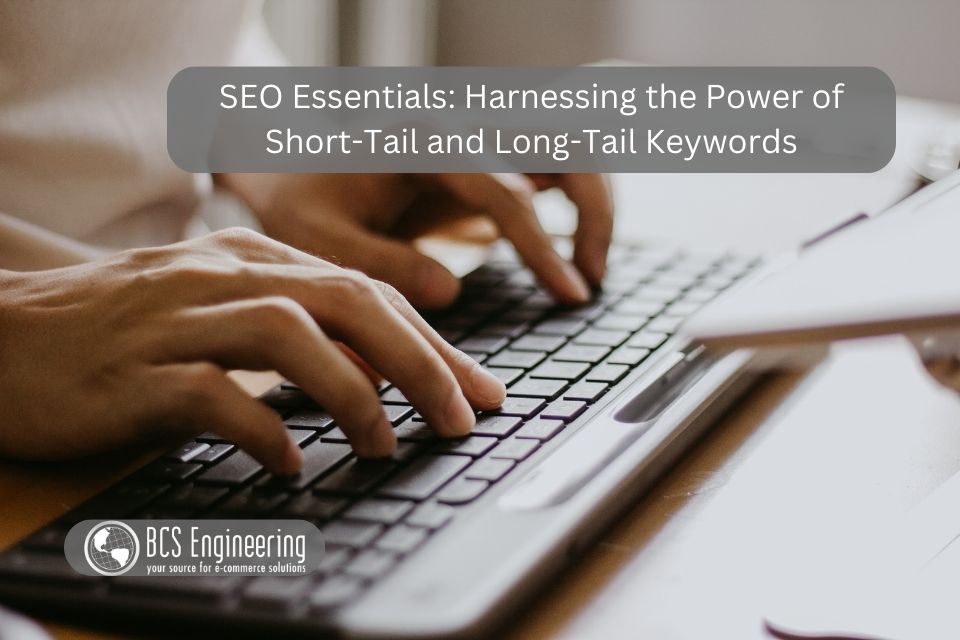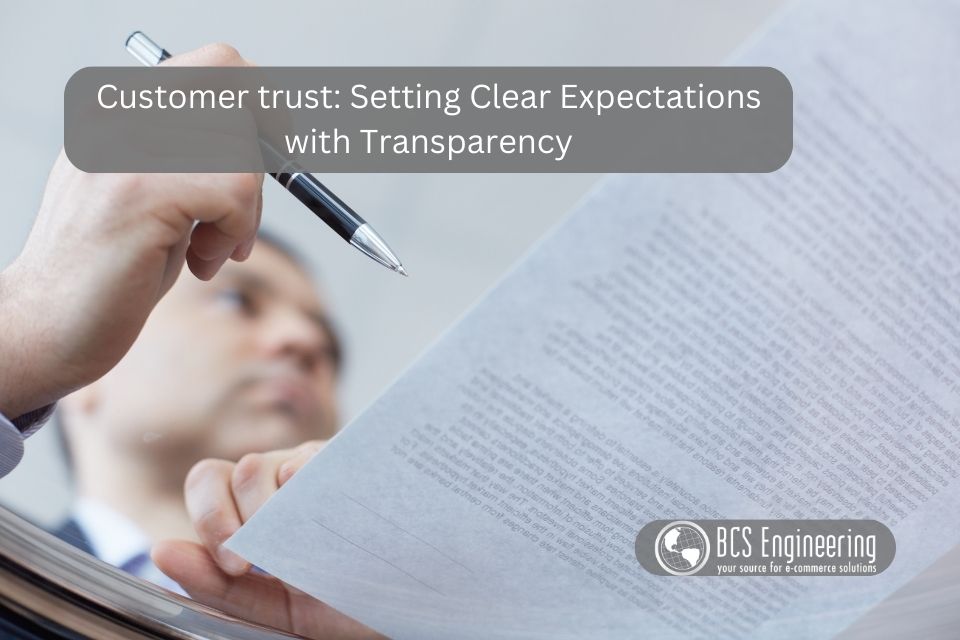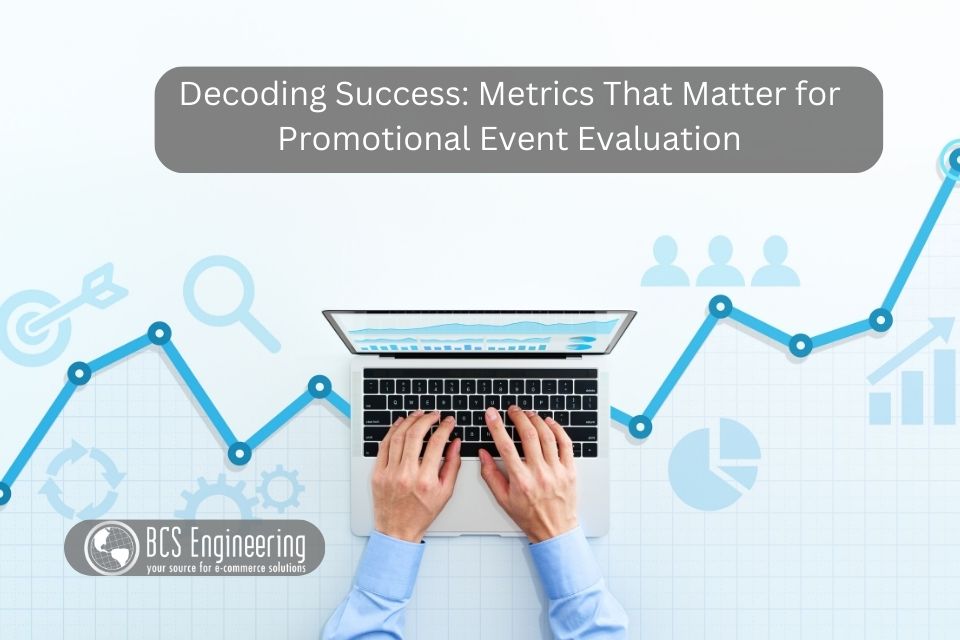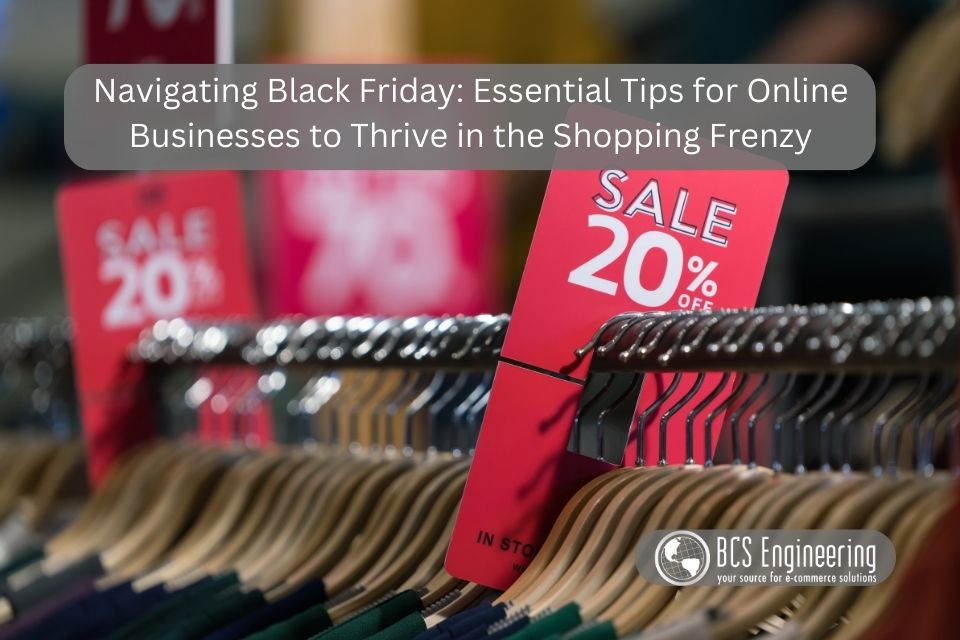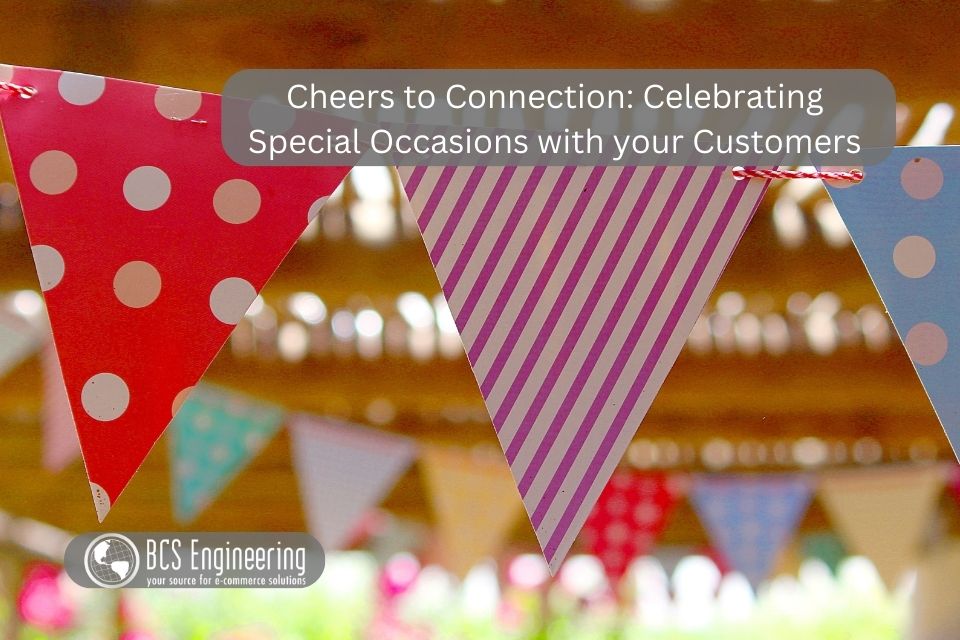Having a clean workspace is essential to your productivity and efficiency! This includes your digital work spaces as well. Cleaning up your digital workspace can seem intimidating, especially since you can’t always see everything that needs to be cleaned up. One of the easiest ways to get started with digital cleanup is to start with the area you see every day: your desktop screen.
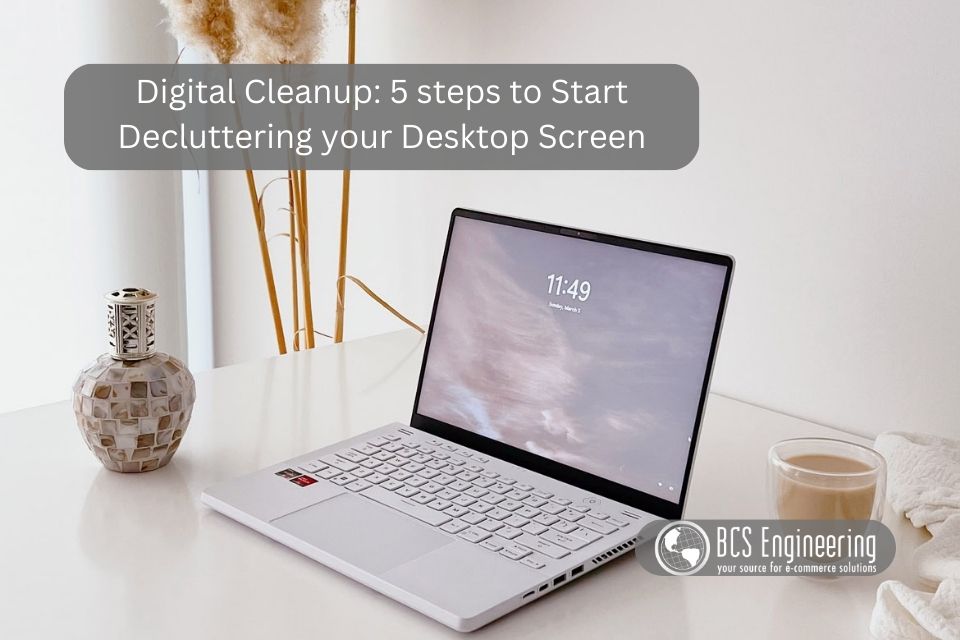
How to Start De-cluttering your Desktop
Your desktop screen is like your digital desk. While a physical desk has planners, sticky notes, pens, and other resources to organize your workday, your desktop is often the next stop in your work routine. Just like cleaning off your desk, there are a few easy ways to get started with cleaning up your desktop screen.
Organize Your Files
One common habit many of us may have is saving files to our desktop screens when we aren’t too sure where they should go yet. It’s easy to access at the moment, but after a few months of doing this, you may find that there are way too many files cluttering up your screen! Take the time to organize these files. Put the files in their appropriate folders and sub-folders, or, for those files that don’t have an existing folder collection that suits them, create a new one. Take your time to organize them in a way that makes sense to you so that you can find them easily in the future!
Delete Unnecessary Files
When looking through files on your desktop, determine if you still need them. Many files you download to either your desktop screens or your downloads folder tend to be temporary assets that you may not anymore. Delete those files once you are sure they are unnecessary.
Backup Important Information
When it comes to important files or folders of information, you may consider backing them up during your digital cleanup process. This could include backing up important work files and folders to a cloud storage system like Google or One Drive. While your desktop is your main area of work, there are risks to storing important information only on your desktop computer. In case your computer dies, your files get corrupted, or you accidentally delete something that needed, a backup will ensure that your most important files are safe.
Review your Auto-Start Programs
Depending on your computer’s startup settings, you may have applications that are set to automatically start when you turn on your computer. During the digital cleanup process, review these applications. Do you still use them? How often? If you find some applications that you have been closing out the moment they turn on, or you just don’t use them every day, consider editing your startup settings to turn off those applications. If you find that you don’t use some of those applications at all, you may want to delete them entirely!
Want to learn more?
Digital cleanup should be part of your work routine. After all, the cleaner your digital environment, the more productive you will be! Listen to our most recent eCommerce Made Easy Podcast to learn more about steps to add to your digital cleanup routine, as well as how often you should consider de-cluttering certain parts of your digital workspace!
